During the winter break, the FIA informed all Formula 1 teams that they had revised a technical directive relating to the flexibility tests on front wings.
The new technical directive is set to introduce more stringent flexibility tests from the Spanish Grand Prix, after teams pushed the limits of aeroelasticity last season.
McLaren was found to be using a ‘Mini-DRS’ system in Azerbaijan, which the FIA outlawed for the following race in Singapore following protests from Red Bull and Ferrari.
Mercedes also drew suspicions from competitors with their front wing, which was introduced earlier in the season at the Canadian GP. Now the FIA will introduce more stringent tests designed to test the flexibility of the front wings under load, which the teams must conform to otherwise risk being disqualified.
Even though it is only set to come into play at round nine, journalist Jonathan Noble believes Red Bull was pushing the governing body to introduce it much earlier when speaking on The Race podcast.
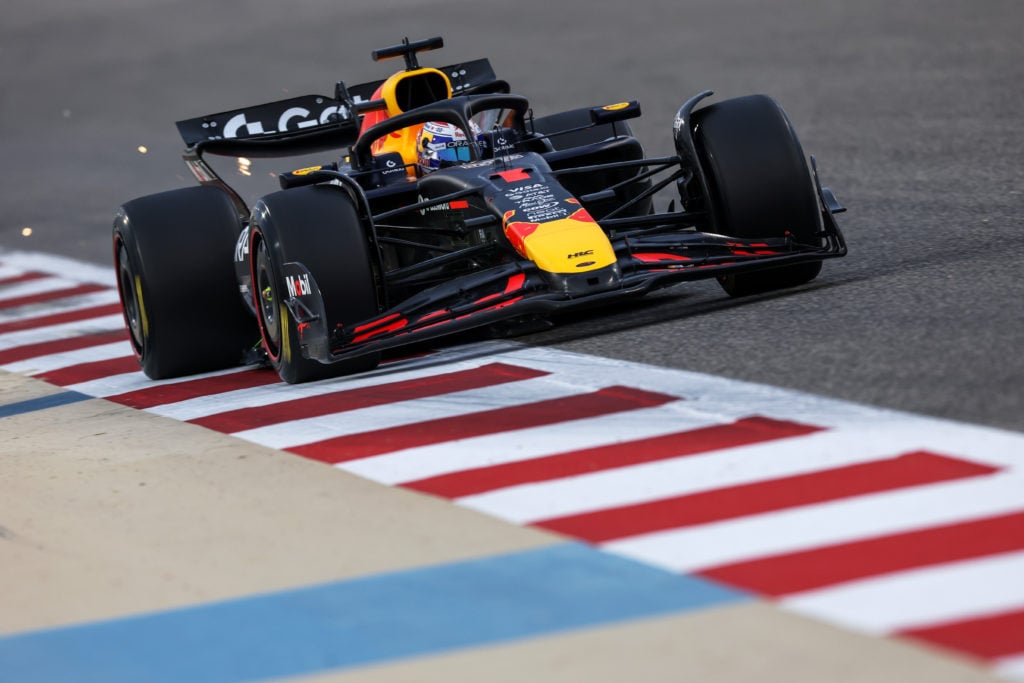
Red Bull was pushing for more stringent flexible front-wing tests for the Australian Grand Prix
Teams have expressed concerns over the level of flexibility in some of their rival’s front wings throughout last season, mainly via onboard footage.
In response, the FIA issued a technical directive for the Belgian Grand Prix which enabled them to evaluate whether their current tests were sufficient enough.
Now they have completed this research, the FIA has taken steps to tighten the rules but Red Bull wanted them to introduce the measures earlier. Noble says the governing body did not do so on purpose, to avoid any resources being wasted.
“There has been politics over the winter that some teams, they knew late November this was coming into play. Some teams pushed back against it, primarily McLaren and Ferrari were exploiting it quite well from last season. Other teams wanted it in from race one,” said Noble.
“Red Bull for example, who hadn’t been playing around with it were eager to get it in there from Melbourne. But the FIA gave a middle-ground from race seven, having originally agreed from race nine, primarily to stop teams from having wasted development over the winter.”
McLaren in favour of stricter front wing tests from the FIA
McLaren is thought to be the team that benefits the most from flexible front wings, given it has partially enabled them to catch up to Red Bull.
Surprisingly McLaren is in favour of the new rules, with teams set to adapt to the new rules over the next three to six months.
The changes are likely to impact the smaller teams the most, as they will have already starting to transfer resources over to their 2026 developments.



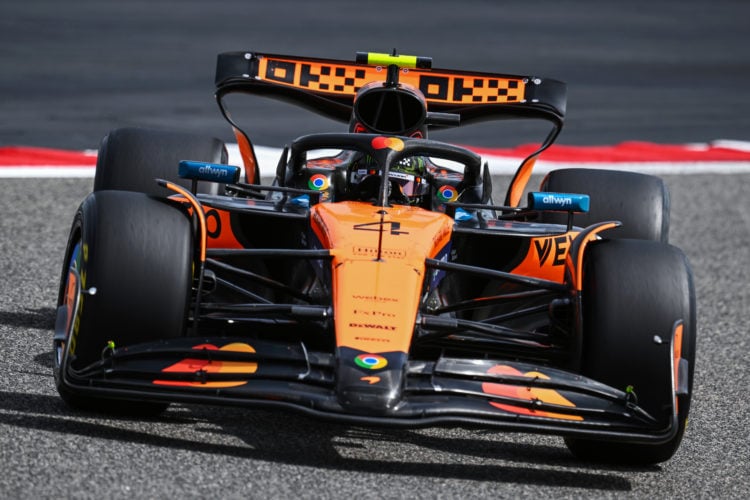
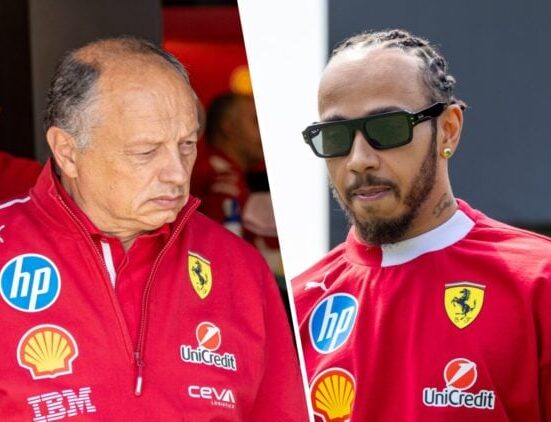
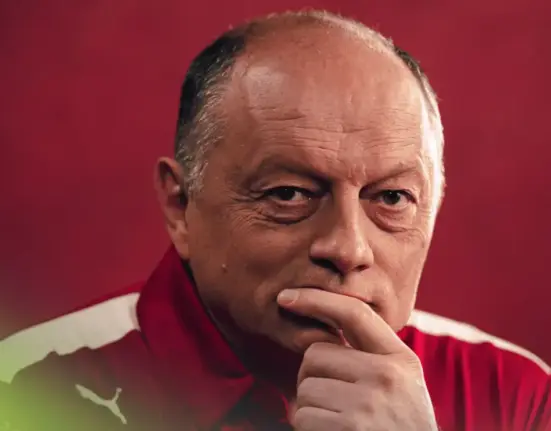


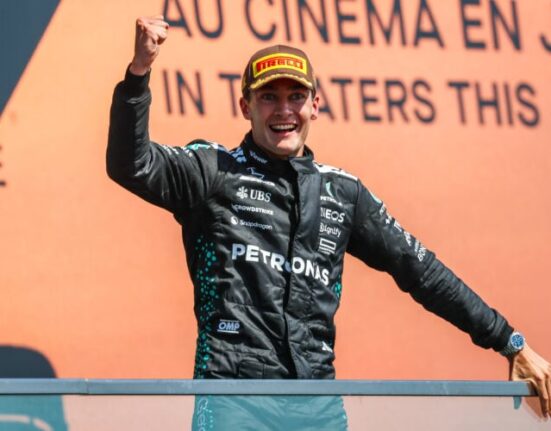

Leave feedback about this